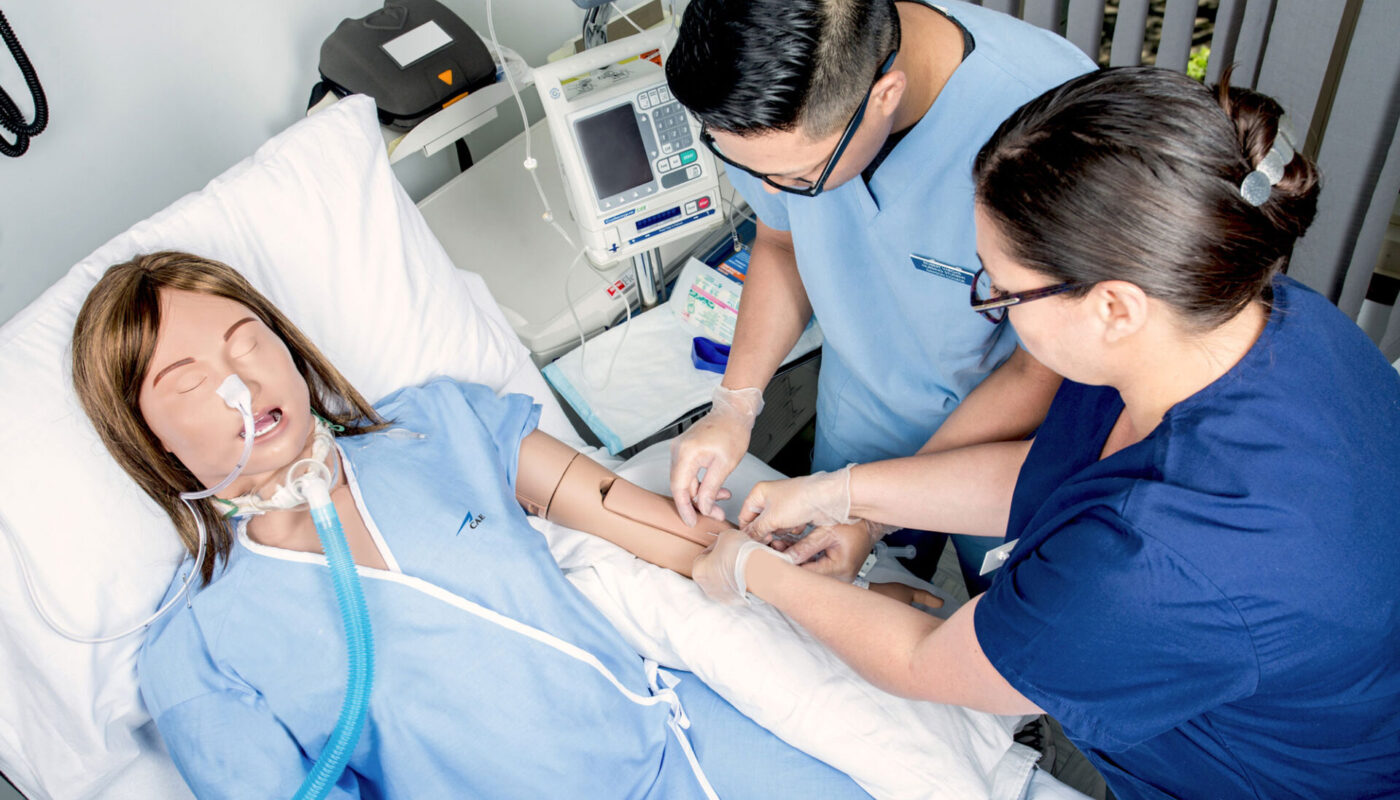Medical education and training is constantly evolving to keep pace with advances in healthcare research and technology. One area that has seen tremendous growth is the use of medical simulation for enhancing teaching methods and improving patient outcomes. This article explores the various applications of simulation in healthcare and why it has become such an important tool.
What is Medical Simulation?
Medical Simulation involves recreating clinical situations and environments for teaching and assessment purposes without risk to actual patients. This is done using high-fidelity mannequins, virtual reality systems, standardized patients, and other tools that mimic real human physiology. The goal is to provide learners with immersive experiences that help build clinical skills in a safe, controlled environment before working with real patients.
Some common forms of medical simulation include:
– Mannequin-based simulation: Using high-tech mannequins or low/mid-fidelity mannequins that can be programmed to demonstrate various clinical signs. This allows practicing skills like ventilation, intubation, surgical procedures etc.
– Virtual reality simulation: Immersive VR systems are used to replicate clinical environments digitally. Trainees can practice communication skills, surgical techniques, and receive instant feedback on their performance.
– Standardized patient simulation: Actors are trained to portray real patients and clinical cases. This allows practicing history taking, physical examinations, breaking bad news, and building rapport with “patients”.
– Simulation centers: Dedicated skills labs featuring simulated operating rooms, ICUs, trauma bays etc. provide an authentic training ground for different clinical scenarios.
Advantages of Medical Simulation
The use of Medical Simulation in medical training has several important advantages over traditional learning methods:
– Safety: Simulation allows students to learn without putting real patients at risk of harm from mistakes. Complications can be practiced repeatedly in a safe environment.
– Deliberate practice: Learners benefit from hands-on experience of realistic cases and skills repeatedly until proficiency is achieved. Mistakes don’t have lasting consequences.
– Multidiscipline training: Simulation lends itself well to team-based learning involving different specialties like trauma resuscitation, obstetric emergencies etc. It fosters better communication and collaboration.
– Feedback: Advanced simulators can record performances for detailed review and debriefing. Instructors provide formative guidance to reinforce best practices.
– Bridging theory to practice: Simulation serves as a bridge helping students apply theoretical knowledge to real clinical scenarios before interacting with patients. It boosts confidence.
Applications in Medical Education
Given the clear advantages, medical simulation has found widespread adoption in undergraduate and postgraduate medical education programs:
– Undergraduate medical education: Most medical schools today incorporate simulation training for teaching basic clinical and communication skills before clinical clerkships. This is helping reduce anxiety levels of students entering hospitals.
– Residency and specialty training: Simulation is a necessary tool for procedural skills training across specialties like surgery, emergency medicine, anesthesiology etc. Residents get opportunities for repetition without harming patients.
– Continuing medical education: Physicians can use simulation for continuing skills development, remediation needs or certification preparation. It helps close gaps in skills and keep up with changing best practices over the course of a medical career.
– Interprofessional education: Simulation brings together medical students, nurses, residents, technicians on shared learning activities. Such inputs have shown to result in improved collaboration and safety culture in workplace settings.
The Way Forward
As healthcare grows increasingly complex and technology-driven, the role of medical simulation will keep expanding to support holistic competency-based training. Going forward, some promising areas are:
– Integration with artificial intelligence: AI-powered mannequins and virtual cases will provide adaptive, personalized learning experiences. Analytics will offer detailed performance metrics.
– VR and AR training: Widespread adoption of immersive VR and augmented reality will further elevate realism and ubiquitous access to simulation programs.
– Simulated clinical environments: Full-scale replica units of operating rooms, ICU rooms etc. will be used for specialty training requiring real equipment handling.
– National simulation consortiums: Partnerships between medical schools, hospitals and industry will help standardize best practices, certification frameworks and resource sharing nationwide.
Medical simulation has certainly come a long way from its origins as a novel teaching method. Today it is recognized as a vital component of competency-driven education programs that will help take healthcare quality, safety and outcomes to greater heights. Its future potential in optimizing training remains unlimited.
*Note:
1. Source: Coherent Market Insights, Public sources, Desk research
2. We have leveraged AI tools to mine information and compile it




